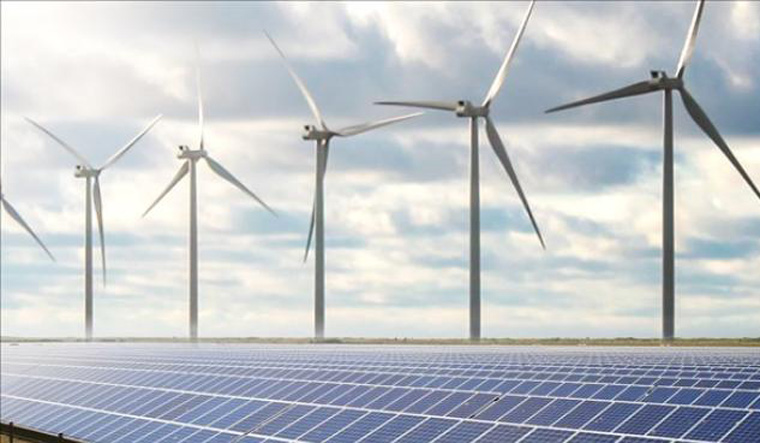In a recent report, global energy think tank Ember has highlighted the remarkable evolution of solar power in India. According to their findings, solar and wind energy are expected to spearhead two-thirds of India's power generation growth by 2032. This is an exciting development as India strives to achieve its renewable energy targets outlined in the 14th National Electricity Plan (NEP14).
It is worth noting that solar power accounted for just 1% of India's power mix in 2017. However, if India successfully meets its solar targets under NEP14, its share is projected to surge from 5% to an impressive 25% during the financial year 2022-2032. This signifies a period of rapid expansion and represents a significant shift away from coal-driven power generation.
Ember's analysis suggests that India's power generation growth, previously dominated by coal, could now be driven by solar and wind sources in the next decade. This transformative shift holds tremendous potential for reducing India's carbon footprint and promoting sustainable energy practices.
As India embraces solar energy on a larger scale, there is an increasing demand for enhanced storage capacity to effectively manage peak demand during evenings and early mornings. Recent power shortages have further emphasized the need for robust storage solutions.
Neshwin Rodrigues, India Electricity Policy Analyst at Ember, emphasized the changing landscape of India's electricity supply, stating, "India's electricity supply landscape is projected to change quite significantly in the next decade or so, with solar and wind likely to drive the growth in generation. Given their variable nature, a significant increase in storage capacity is crucial to balance generation and demand."
India has made a bold commitment to achieve 500 GW of non-fossil fuel-based electricity installed capacity by 2030. Presently, the country boasts a power generation capacity of 424 GW, with approximately 180 GW originating from non-fossil energy sources.
Union Power and New and Renewable Energy Minister R K Singh recently declared that India is on track to surpass its 500 GW renewable energy capacity target well before the 2030 deadline. This determination is further exemplified by the government's intention to tender 50 GW of solar and wind capacity annually over the next five financial years.
However, Ember's analysis highlights the need for India to ramp up its efforts to meet the ambitious NEP14 targets. It is estimated that India must increase its annual solar capacity addition by around 36% each year until 2026-27. This translates to commissioning at least 17.5 GW of solar capacity in the financial year 2024, with a further increase to 41 GW by the target year of 2027.
(With inputs from PTI)


